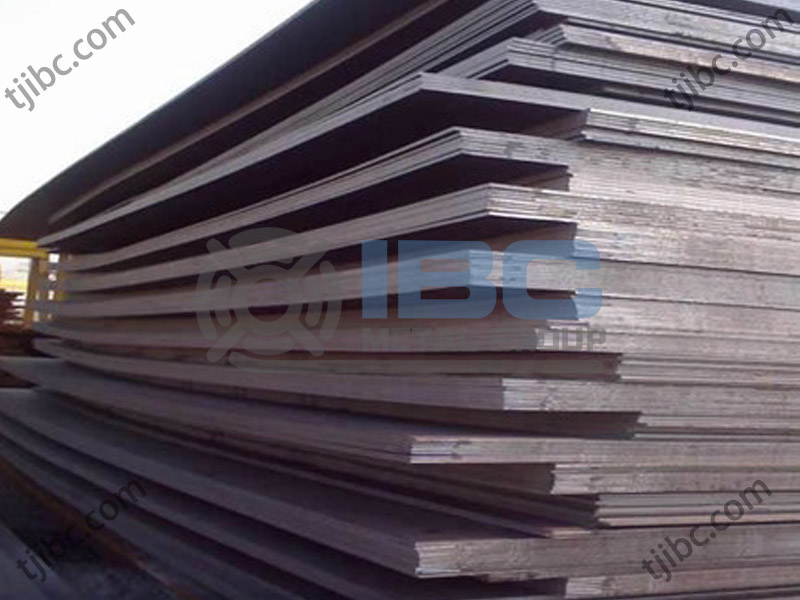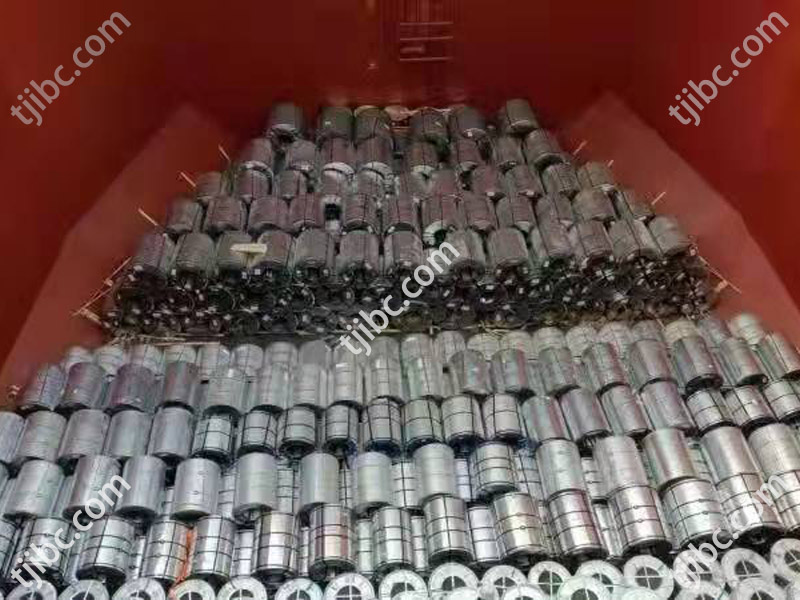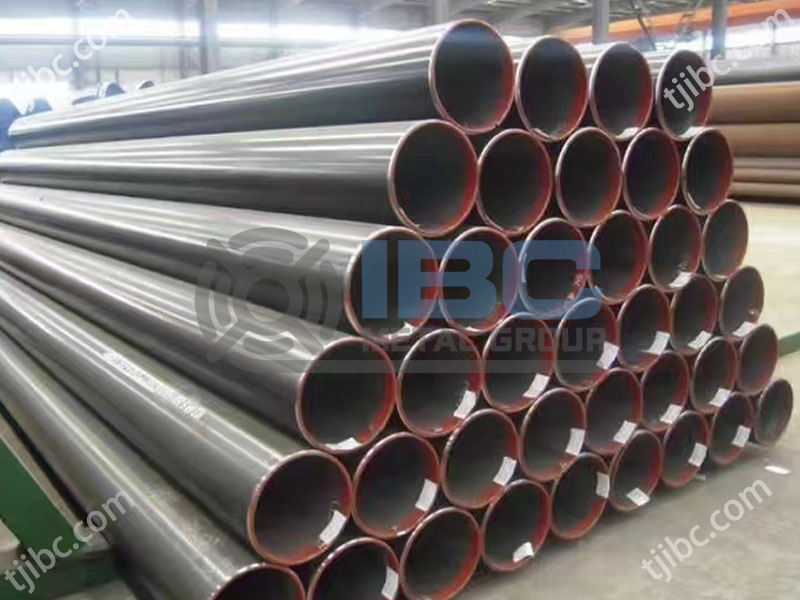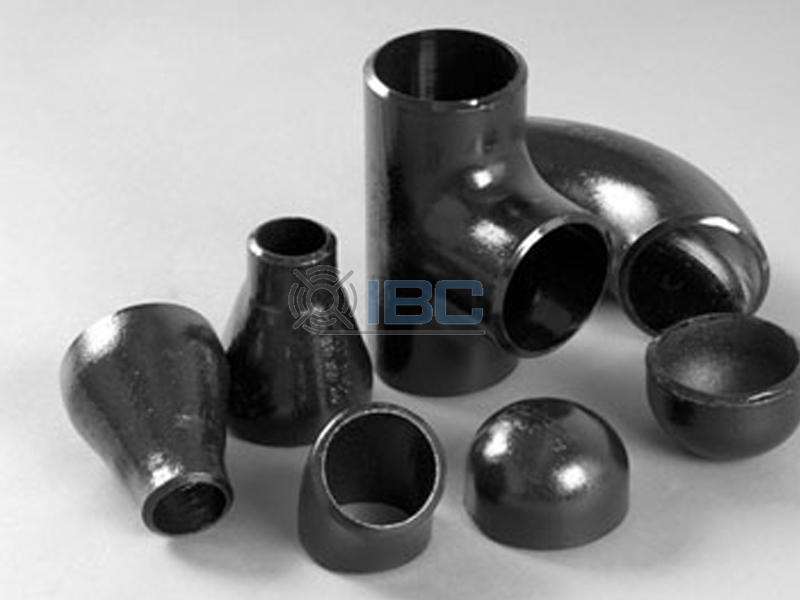Production Process of Abrasion Resistant Plate
1. Raw material preparation: Choose suitable wear-resistant materials as raw materials to make Abrasion Resistant Plate, such as high manganese steel, alloy steel, etc.
The raw material is cut to the appropriate size to facilitate subsequent processing.
2. Material pretreatment:
Pre-treatment of raw materials such as cleaning and rust removal to ensure that the surface of the material is clean and smooth.
3. Material processing:
The pre-treated material will be cut, punched, bent and other processing operations. This allows the desired shape and size to be obtained.
4. Welding:
According to the design requirements, the worker will weld the machined parts into a complete wear-resistant plate.
5. Heat treatment:
The welded wear-resistant plate is heat treated to improve its hardness and wear resistance. Commonly used heat treatment methods include quenching, tempering and so on.
The quenching treatment is to heat the steel plate above the critical point and then cool it quickly to obtain a high hardness of the tissue.
Tempering treatment is carried out after quenching. The purpose is to eliminate the internal stress and improve the stability and toughness of the material.
6. Surface treatment:
Grinding, polishing and other surface treatment of the wear-resistant plate after heat treatment. This improves its surface finish and flatness.
7. Inspection and quality control:
Quality inspection of the produced steel plate, including inspection of appearance, size, hardness, etc. In this way, it can ensure that the product quality meets the requirements.
Operation of Wear plate operation
Cut:
Methods such as plasma cutting, carbon arc cutting and grinding wheel sawing can cut AR steel plates into the desired shape. The better method is to use air or inert gas plasma arc cutting, starting from the alloy surface cutting effect is better.
Bend:
It can be cold-worked to form an arc or a circle. In the bending process, it is necessary to pay attention to the influence of internal stress, and repair with welding rods if necessary.
Drill hole:
According to the need, workers will drill holes and other processes on the board. Plasma cutting method can use for large holes, and EDM method can use for small holes.
Welding:
Workers can use conventional welding methods to weld. For large-area composite steel plates, they can weld the back substrate together first and then fill the corresponding electrode in the front surfacing layer.
Application Field
Abrasion Resistant Plate has a wide range of applications in the world, mainly concentrated in mining, metallurgy, construction, chemical and other fields:
Mining sector:
It is a wear-resistant material, so it can make crushers, sieves, conveyor belts and other equipment lining. This can extend the service life of the equipment.
Metallurgical field:
In steel mills, copper smelters, foundries and other equipment, it can improve the wear resistance and service life of equipment.
Construction field:
Buildings and sites with high strength, durability and weathering resistance are inseparable from this steel plate.
Chemical industry:
It can manufacture wear-resistant, corrosion-resistant containers, reactors, pumps and other equipment. In this way, it can resist the erosion of chemicals and high-temperature environments.

Contact with us today!



